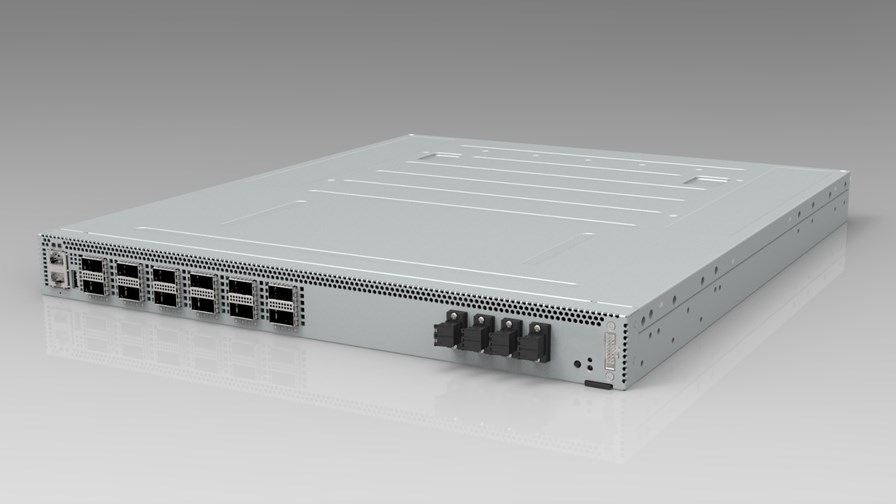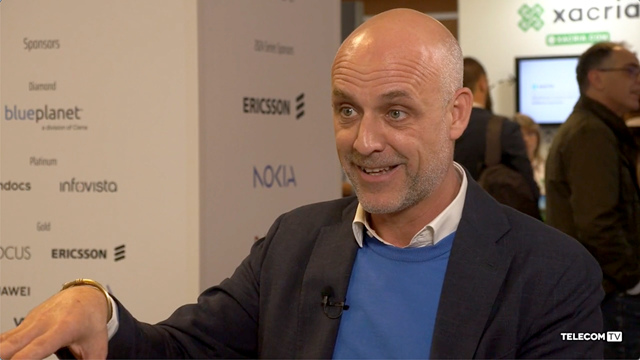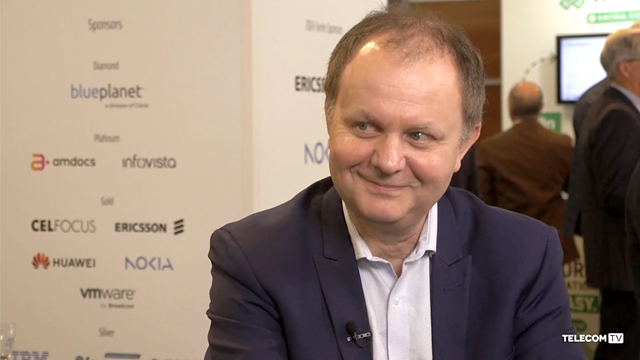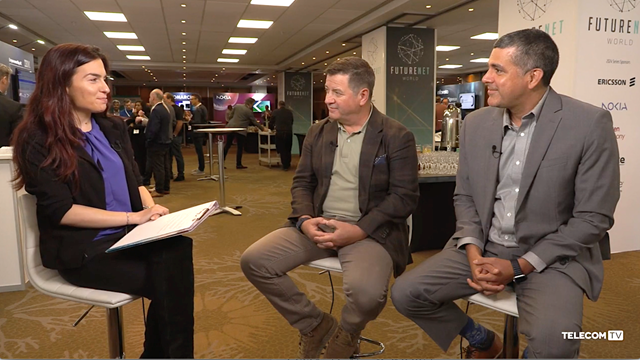
© TIP
- Facebook created Voyager as a ‘white box’ transponder and router
- Now part of TIP’s Open Optical Packet Transport project group
- Vodafone tested Voyager in Spain with an SDN controller
- Delivered 800Gbit/s per rack unit over existing optical infrastructure
One of Facebook’s main contributions to the Telecom Infra Project (TIP) is its Voyager ‘white box’ optical router. Facebook first unveiled Voyager in November 2016 as a networking solution for Open Packet DWDM networks. Jay Parikh, Global Head of Engineering and Infrastructure at Facebook, described Voyager at the time as “the industry’s first ‘white box’ transponder and routing solution”. Facebook opened up the design to the TIP community with the creation of the Open Optical Packet Transport (OOPT) project group, which has been working with vendor and telco partners to test the solution.
This week, TIP has announced that Vodafone has successfully completed a live network trial in Spain with the Voyager white box, as part of its ongoing work with TIP. The objective of the live trial was to showcase the future of applying a disaggregated model to optical networks and to provide more flexibility to handle the real time dynamics using Voyager, combined with a Software Defined Network (SDN) controller.
“We wanted to show how Voyager’s variable-rate transceivers can be used to match speeds and modulation formats with actual line conditions,” explained Santiago Tenorio, Vodafone’s Group Head of Networks Strategy and Architecture, who is also a TIP Board Director. “Thanks to a streamlined network operating system and SDN automation, we showed how our live network can set up optical services and keep them running, reduce unnecessary and lengthy customer service interruptions, and improve network utilisation.”
Voyager as an open system that uses combined packet switching and dense wavelength division-multiplexing (DWDM) technology for metro and long-haul optical fibre transport networks. It enables a clean separation of software and hardware and is based on open specifications, so any vendor can extend it with additional components, or provide different software and features for it.
The trial involved a number of partners: as well as using the Voyager hardware, Cumulus Networks supplied a network operating system; Zeetta Networks supplied its NetOS SDN orchestration; and ADVA lent its architecture support. Vodafone reports that the trial demonstrated how Voyager can be implemented over an existing optical infrastructure, delivering capacity of 800Gbit/s per rack unit and dynamically adapting the system modulation via SDN as fibre conditions change.
For the technologists among you, the trial also demonstrated:
- SDN-based optical commissioning (modulation, power, frequency) to 200Gbit/s, 16 QAM and 100Gbit/s QPSK;
- SDN-based optical real time monitoring with automatic modulation adaptation from 200Gbit/s and 16 QAM to 100Gbit/s QPSK;
- Maintaining connectivity with 50 per cent capacity of traffic in the case of optical line degradation;
- Automatically reverting to 16 QAM when the degradation was fixed;
- Upgrade of a legacy 10Gbit/s WDM system with 4x200Gbit/s wavelengths for a total of 800Gbit/s of extra capacity.
When Facebook first put an optical interface onto its rack switch, it created the first combined switch, router and transport white box in the industry. The OOPT project group now counts more than 500 individual members and over 200 member companies, with an operator council that guides the group to regularly review submissions and steer its development. TIM Brazil, Orange and Telia have also participated in Voyager trails.
"We're working on open, disaggregated and scalable ways to deploy network capacity efficiently within diverse and changing environments," said Hans-Juergen Schmidtke, co-chair of the OOPT Project Group, and Director of Engineering at Facebook.
Email Newsletters
Sign up to receive TelecomTV's top news and videos, plus exclusive subscriber-only content direct to your inbox.




